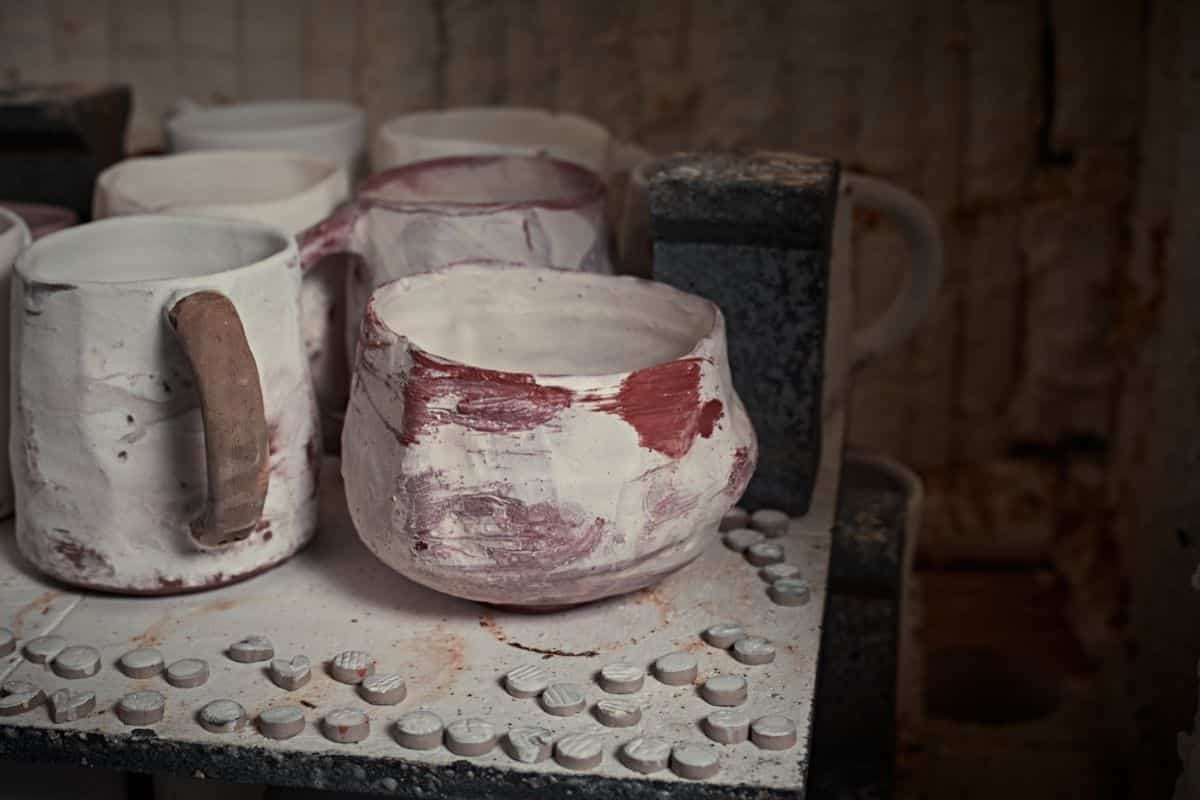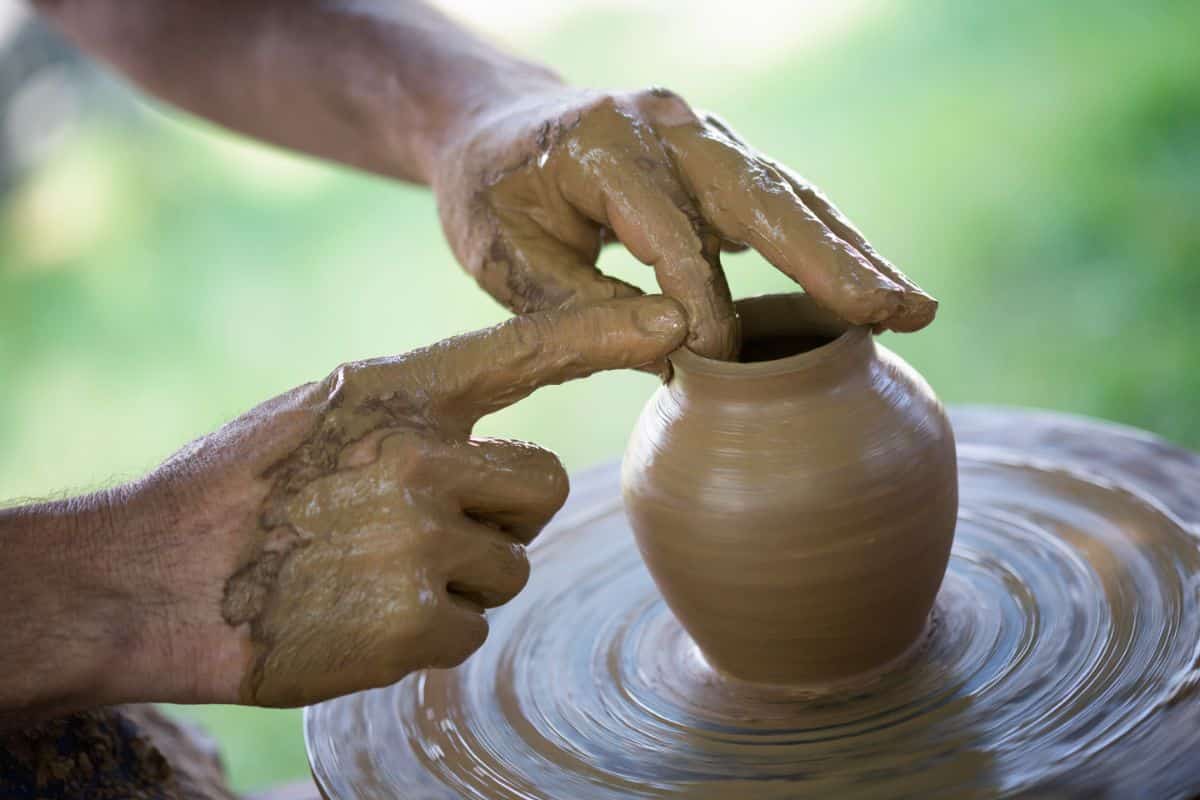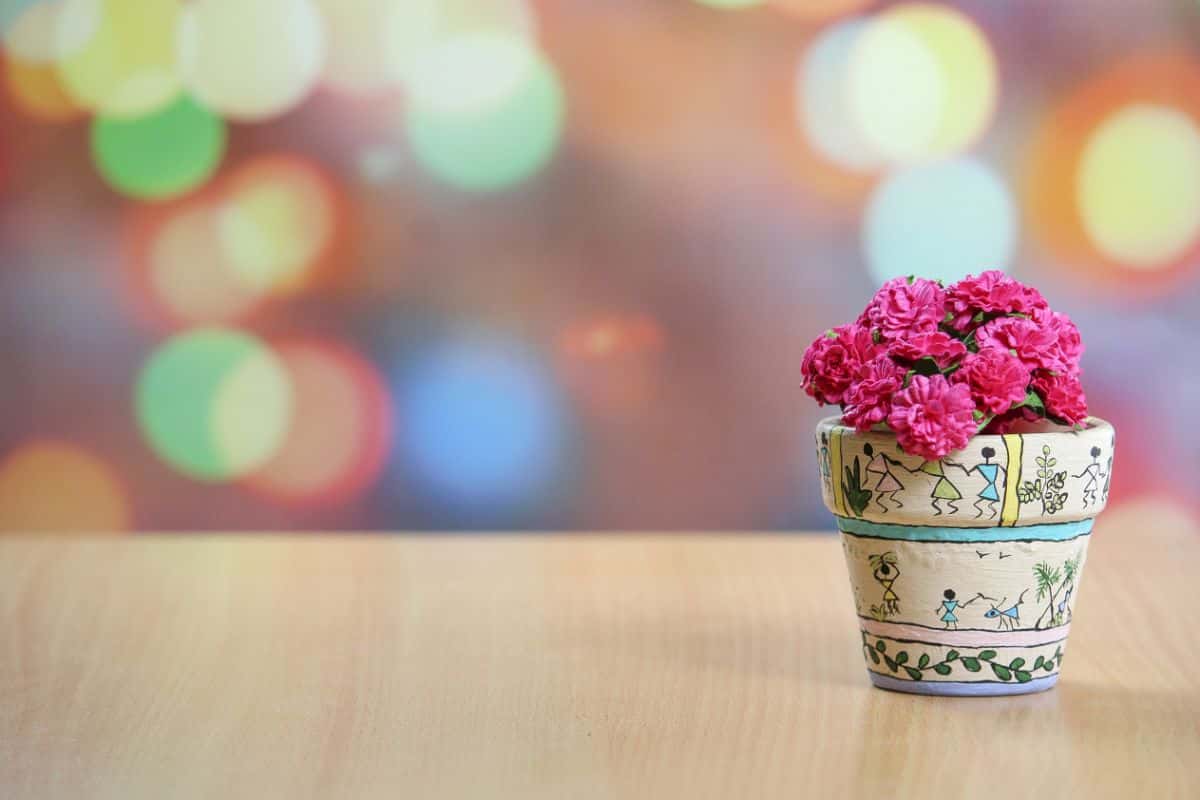Are you looking to purchase a new pottery kiln and don’t know what temperature it needs to reach? Perhaps you have found yourself wondering about how hot a pottery kiln can get and want to know what the hottest temperature is?
Or are you curious and want to know more? No matter what your question is, we are here today with the answers that you need!
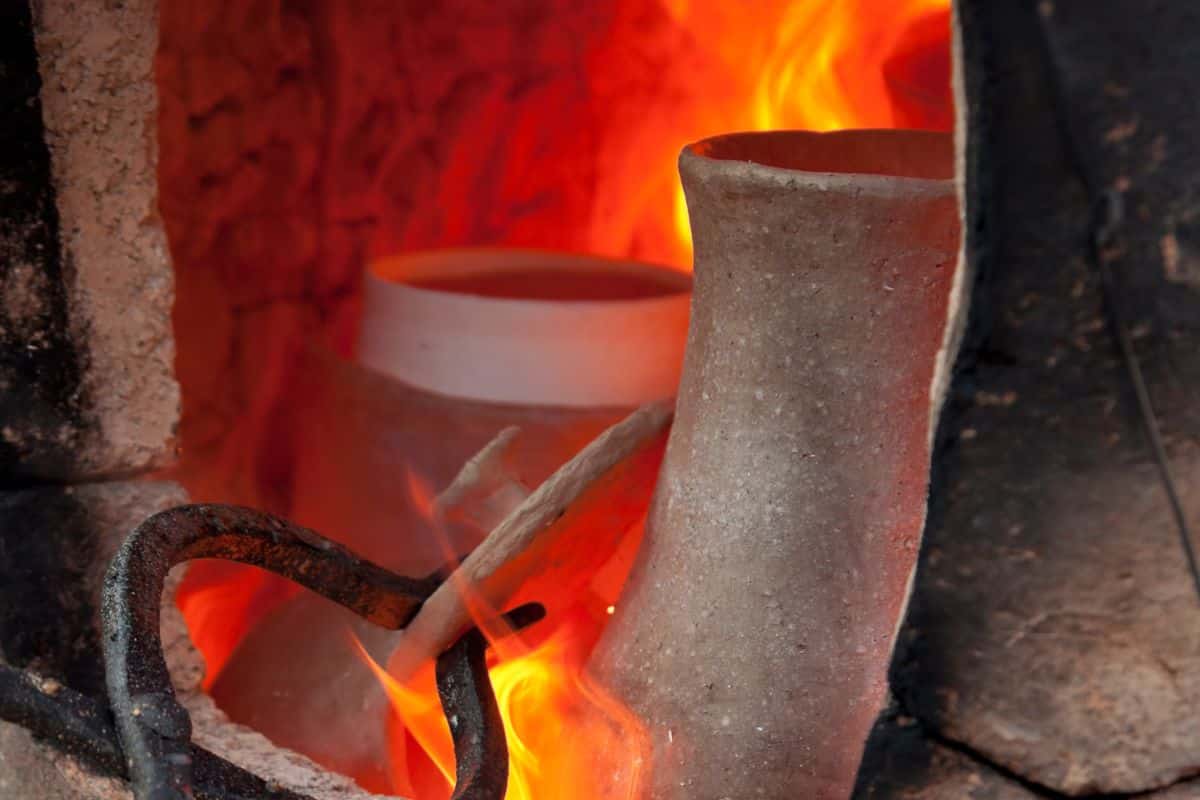
Finding out how hot a pottery kiln can get can be challenging, especially when you are looking to purchase a new kiln. You can find yourself wondering how hot your kiln needs to be, and how you can find this information out.
You head online to find the answers that you seek, but are met by conflicting information that leaves you overwhelmed, stressed, and unsure where to turn or who to trust.
After all, if you get the temperature of your kiln wrong you could ruin your low-fire and who wants to flush hours of hard work down the drain? But what can you do?
Well, you can stick with us! Today, we have the answers that you need. Keep reading to find out how hot a pottery kiln can get and everything you need to know about these temperatures.
We will walk you through the average temperatures you need for the clay or glaze you work with to ensure success when you fire up your kiln!
How Hot Can A Pottery Kiln Get?
Let’s dive straight into today’s article! A pottery kiln will get between 2,000 and 2,400 degrees Fahrenheit.
The maximum temperature of a pottery kiln will depend on the type of kiln you have and the model, so it is always worth checking directly with the manufacturer or in your kiln user manual.
If you don’t have the manual or can’t get hold of the manufacturer, then don’t worry! We have a list coming up of the most popular kilns and their temperatures so you can see if yours has made the list!
There isn’t much of a difference between these kilns, as most clays are fired below 2,400 degrees Fahrenheit, with the exception being porcelain that needs a much higher temperature.
Let’s take a look at the pottery kiln models and their maximum temperatures now.
| Model | Maximum Temperature (degrees Fahrenheit) | Inner Dimensions |
| Evenheat High Fire 810 | 2,300 | 11 inches x 9 inches |
| Evenheat RM II 2322 | 2,300 | 24 inches x 22 inches |
| Jen-Ken AF3C 11/9 | 2,100 | 11 inches x 9 inches |
| Jen-Ken AF3C 15/13 | 2,300 | 15 inches x 13 inches |
| Olympic Doll E | 2,350 | 11 inches x 7 inches x 9 inches |
| Olympic MAS1823HE | 2,350 | 18 inches x 23 inches |
| Paragon SC2 Pro | 2,000 | 8 inches x 8 inches x 6 inches |
| Paragon SC3 | 2,000 | 8 inches x 8 inches x 8 inches |
As you can see, there isn’t much of a difference in the temperatures, or the size of most of these popular pottery kilns! Any of these would be a fine addition, just be sure to check the price and your budget before making your purchase.
How Hot Does A Kiln Need To Be To Fire Clay?
When it comes to firing your clay, the temperature your pottery kiln needs to be will depend on the clay that you are using. Let’s take a look at the different types of clay and the temperatures that you need to fire them successfully now!
Low-Fire Clays
Clays like earthenware are considered to be low fire clays and will need a temperature of 1740 to 2020 degrees Fahrenheit for them to be fired successfully. These temperatures are equivalent to Cone 015 to Cone 1.
Mid-Range Clays
Mid-range clays like stoneware will need to be fired at a temperature between 2120 and 2270 degrees Fahrenheit. These temperatures are equivalent to Cone 2 to Cone 7 and ensure that your clay is fired successfully.
High-Fire Clays
Other stoneware needs to be fired at higher temperatures, and you will need to use a temperature between 2300 and 2340 degrees Fahrenheit for success.
These temperatures are equivalent to Cone 8 to Cone 12 firing and should ensure that your high-fired stoneware is fired correctly.
High-Fire Porcelain
We mentioned earlier that porcelain needs a higher temperature to be fired successfully. Ideally, it needs a higher temperature of 2380 to 2460 degrees Fahrenheit, or Cone 10 to Cone 13.
And for pure kaolin, you will need to crank up the heat to roughly 3270 degrees Fahrenheit for it to be fired successfully. That is some serious heat!
When you are purchasing a kiln and making a pottery studio at home, you need to ensure that the kiln you buy can reach the temperature you need.
Consider the clay that you commonly work with and purchase a kiln that can reach the highest temperature you need.
Most kilns these days are designed for mid and high firing, which can make it tricky to find a specific low-fire kiln.
But you should be able to use a mid or high-fire kiln to fire your low-fire kilns without any issues, just make sure you adjust the temperature accordingly.
How Hot Should A Kiln Be To Glaze Pottery?
And what about glazing? Well, glazes are also divided up into separate categories, so be sure to check what kind you have before getting started! Let’s look at the different temperatures your glaze needs for it to be fired successfully in your pottery kiln.
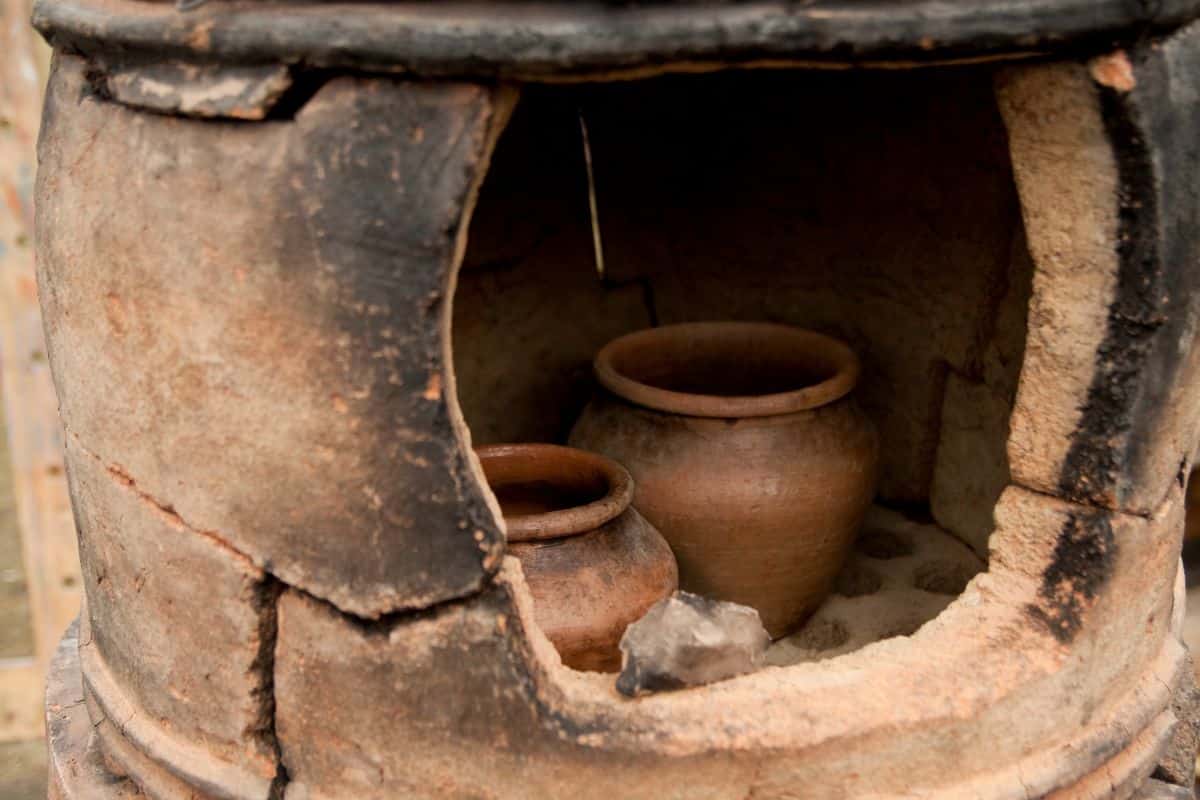
Low-Fire Glazes
A low-fire glaze can be fired successfully between Cone 07 and 04. Some low-fire glazes need to be heated only from Cone 018 to Cone 016. Be sure to check what your glaze needs before you put it anywhere near your pottery kiln!
Mid-Range Glazes
For a successful fire, a mid-range glaze needs a temperature between Cone 4 and Cone 6.
High-Fire Glazes
A high-fire glaze needs a similar temperature to its underlying body for it to be fired successfully. So if you are using high-fire stoneware, then your glaze will need to be fired between Cone 8 and Cone 12.
There is far more variety in temperatures when it comes to firing clay, so you need to make sure you are checking what type of glaze you have before you put it in the kiln. After all, you don’t want your pottery to be ruined, do you?
Low-fire and mid-range glazes need to be fired at a slightly lower temperature than their underlying clay bodies. So you can use that as a rough guide to determine the temperature that you need for your kiln!
High-fire glazes though will need similar temperatures as their underlying clay body to ensure they are fired successfully. You can always check the instructions on your glaze first to ensure that your kiln is set to the right temperature.
You must do this with low-fire glazes, as we see a lot of variety of temperatures with lower glazes compared to mid or high-fire glazes.
What Is A Cone Level?
Throughout this article, you will have seen us use Cone levels to show you the equivalent temperatures and you might be wondering what this is.
Well, a cone level is used in pottery kilns to show the time as well as temperature, like a heat absorption level rather than just the temperature.
These cones are numbered from 10 to 1, with 10 being the hottest. We then go below 1, to 01, 02, etc as the kiln gets cooler, meaning there is a huge difference between Cone 5 and Cone 05!
You can find the cone level usually in the user manual, or you can ask your kiln’s manufacturer what the maximum Cone level is on the kiln if you are curious.
You will often see it printed with the temperature in degrees Fahrenheit too, or there are plenty of conversion charts online for you to use should you need any help working out how hot the kiln can be!
Final Thoughts
And there you have it, on average a pottery kiln can reach a temperature of 2,000 to 2,400 degrees Fahrenheit depending on the make and model of the kiln.
Specialized kilns can reach even hotter temperatures, but for most home pottery studios, you won’t need these higher temperatures.
When deciding what pottery kiln to choose, remember to check the maximum temperature it can reach and to carefully consider the clays that you use for your pottery work.
You will want to purchase a kiln that can reach the temperatures you need to successfully fire and glaze your pottery!


